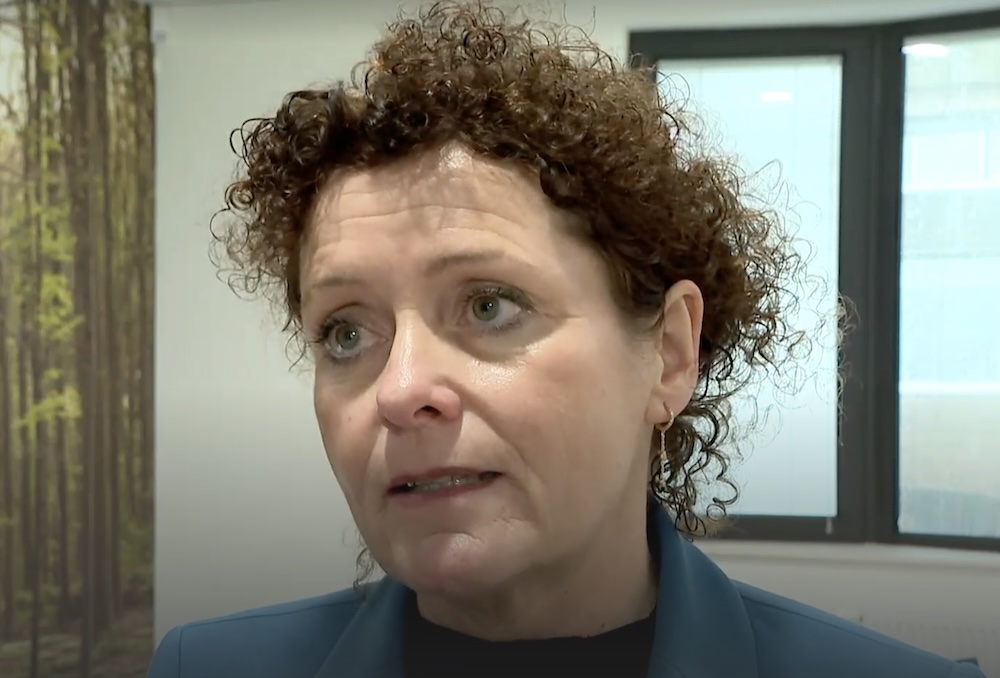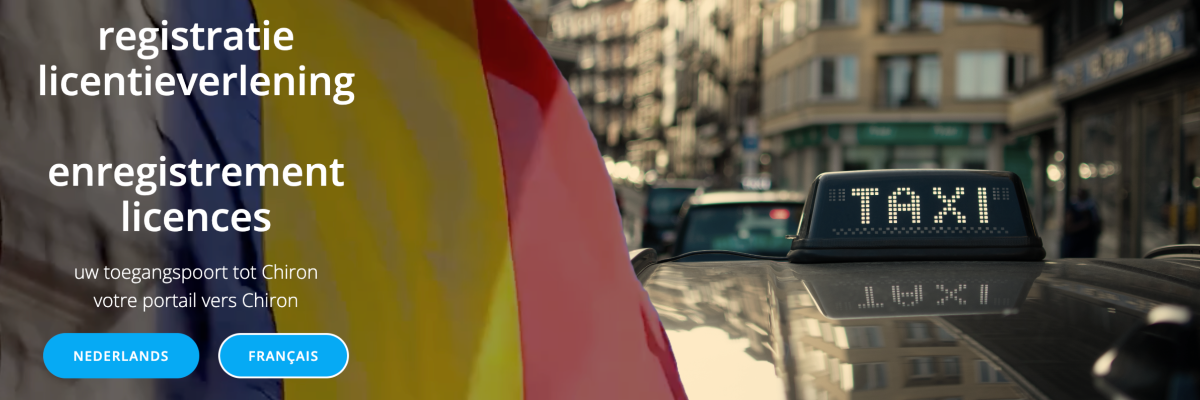According to Flemish Minister of Mobility, Lydia Peeters, and Ann Schoubs, director general of De Lijn, 89% of the network has now been adapted to the principles of this new vision.
The Flemish transport company De Lijn has recently implemented a change in its network, marked by the launch of the new mobility vision called Hoppin. This change, the largest in the history of De Lijn, was initiated on January 6 with the start of phase 2 of the new network. So time for a first analysis and the view from The Line.
With this change, De Lijn has switched to an approach in which an additional 3 million kilometers are traveled annually. This means that many lines will run more frequently, with an extension of the timetable to earlier and later hours. All this is accompanied by adjustments to numerous lines and the introduction of flexible transport, which means tailor-made solutions for the traveler.
“We got through the start well. The predicted chaos did not materialize. Our drivers know their new routes, and from a survey with our ambassadors on the ground, we noticed that most travelers know their new route. Of course there are teething problems. For example, we see overcrowded buses in a number of places, a number of schools tell us that the timetable does not fully match the school start time and the waiting times at the Hoppincentrale are still too long. "
Ann Schoubs, director general of De Lijn
Despite the drastic changes, Ann Schoubs indicates that the start went relatively smoothly. The expected chaos did not occur, and the drivers adapted well to their new routes. A survey of ambassadors on the ground shows that most travelers are now familiar with their new route. However, some 'teething problems' have been noted, such as overcrowded buses and timetables that do not fully align with school times, as well as longer waiting times at the Hoppin power station.

“Phase 6 of the new network as part of Hoppin started on January 2. This means that 89% of De Lijn's network has now been adapted to the principles of the new vision: more sustainable, efficient, demand-driven and combined with other providers of sustainable mobility. We now drive 3 million km more per year, we run on many lines more often, and many lines run earlier and later. Together with adjustments to numerous lines, flexible transport, tailor-made transport, also started.”
Lydia Peeters, Flemish Minister of Mobility
With the new network, De Lijn has increased the frequency on 18% of rush hour journeys and 117 lines now run later on weekdays. In addition, a nighttime service has been introduced on 30 lines. The first working week after implementation, De Lijn transported approximately 950.000 passengers per day, which corresponds to an average weekday.
complaints
Since November 15, 4.942 complaints have been registered about Hoppin, mainly in the first days after the start-up. De Lijn takes this feedback seriously and integrates responses from drivers and local authorities into its daily operational monitoring. Action has also already been taken to solve capacity problems and consultation is taking place with schools and local authorities.
In addition to the adjustments to the regular network, flexible transport was also launched, the successor to the dial-a-bus. This flexible transport is more extensive than the old offer, with a greater reach and more available hours. To date, 38.263 reservations have been made for trips until the end of January, which equates to 45.834 travelers. About 75% of these reservations are made via the Hoppin app or website.
This major step in the mobility of Flanders, under the Hoppin flag, is an important moment in the history of public transport in the region. De Lijn shows that it is ready for the future with a sustainable, efficient and customer-oriented public transport network.




